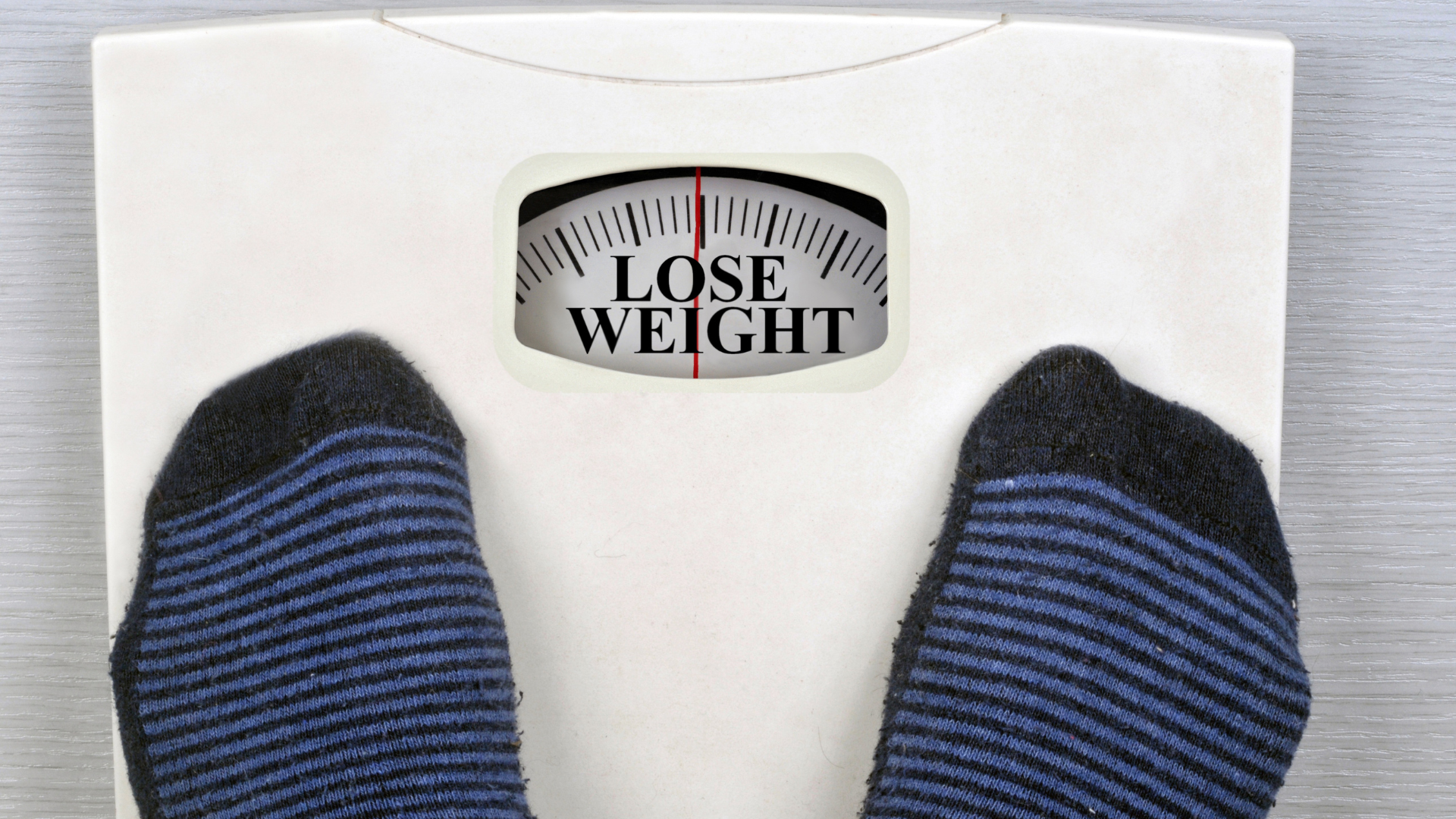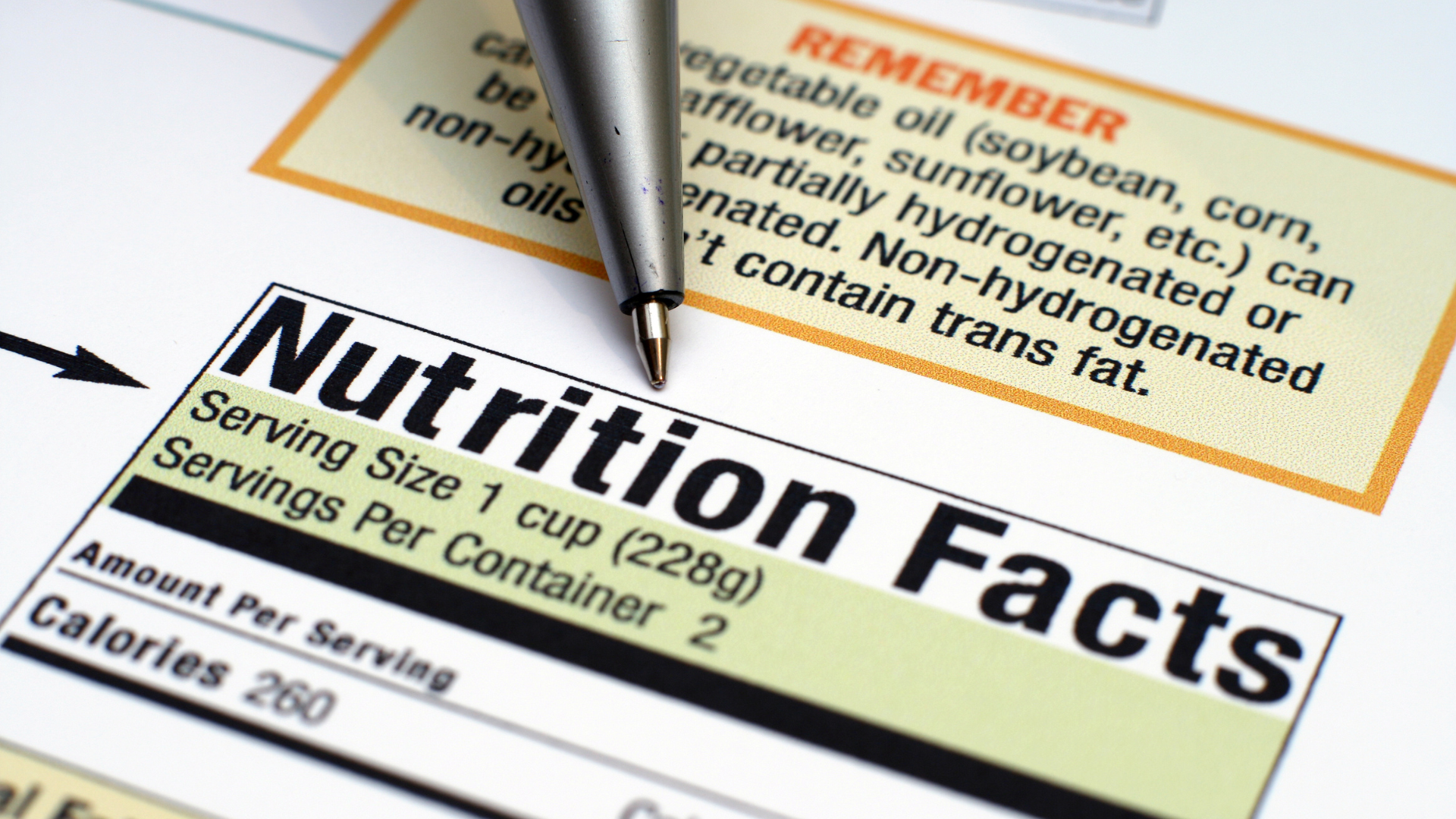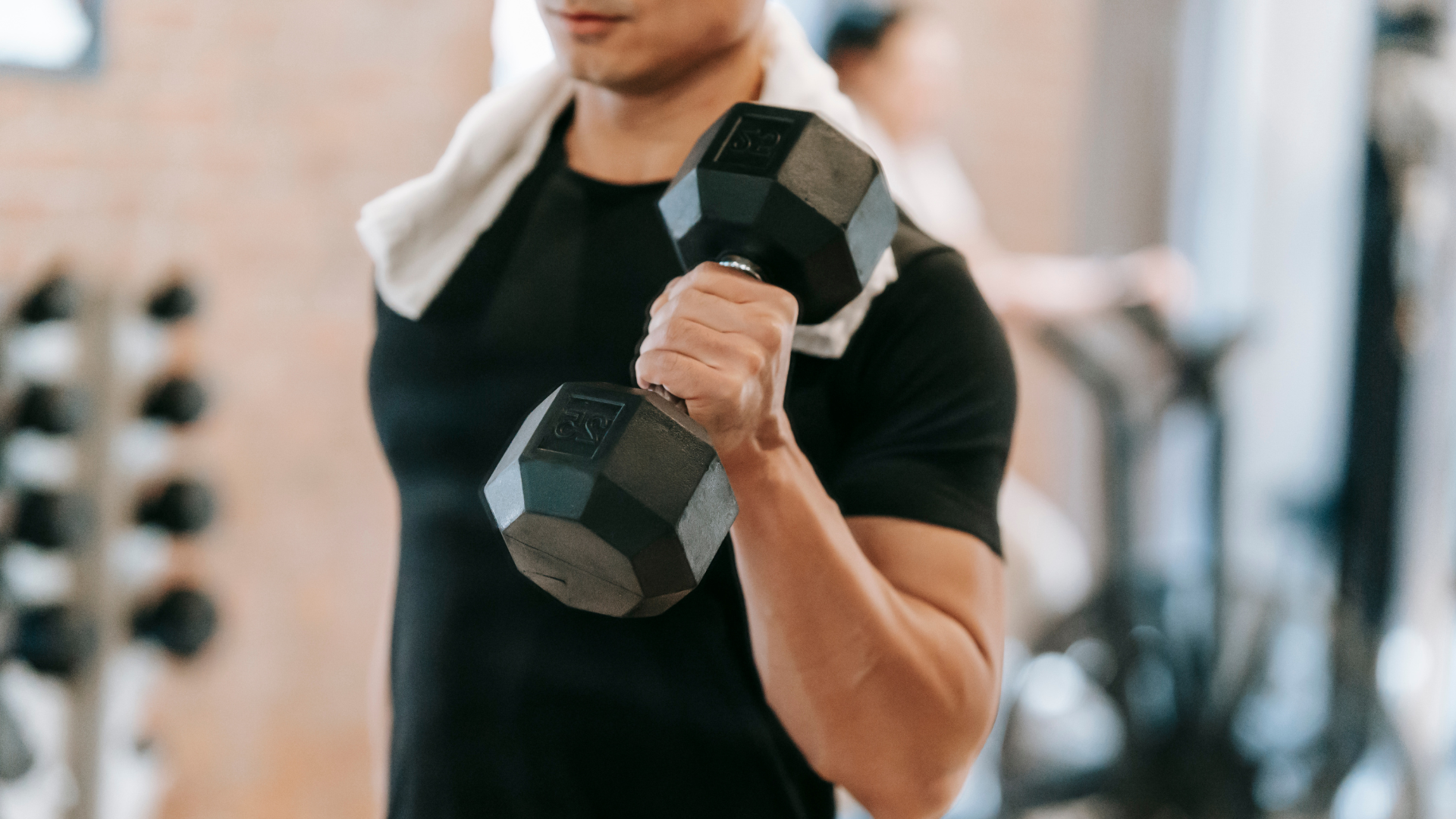1) Blood flow redistribution
Blood flow redistribution is the process by which your body alters the distribution of blood to various tissues and organs. This action happens based on their needs (Daniel Bernstein, David Teitel, et al., 1987, Pediatric Research, “Redistribution of Regional Blood Flow and Oxygen Delivery…”).
Now, when you exercise, your body redistributes blood to the working muscles. This is to meet the increased demand for oxygen and nutrients (Michael Joyner and Darren Casey, 2015, National Library of Medicine, “Regulation of Increased Blood Flow [Hyperemia] to Muscles During Exercise”).
This process may affect the efficiency of
digestion and
nutrient absorption.
2) Hormonal balanceHormonal balance is the state of regulating the production of body hormones at appropriate levels. This is vital for maintaining overall health and functioning (Options for Women, “The Importance of Hormonal Balance”).
Exercise can influence the level of these hormones. This includes those related to digestion (Marion Gluck Clinic, 2023, “How Does Exercise Affect Your Hormones?”).
It may also affect gut motility and appetite (Rachel MacPherson, 2022, Very Well Fit, “How Exercise Affects Appetite and Hunger…”).
3) Gastric emptyingGastric emptying is the process of emptying the contents of your stomach into the small intestine. This is essential for further digestion and absorption (Science Direct, 2023, “Stomach Emptying”).
Speaking of emptying, the stomach “must not be kept in continual operation. Give this misused and much-abused organ some peace and quiet and rest” (Ellen White, Counsels on Diet and Foods, 173.1).
Now, exercise affects the timing of this process (Juntaro Matsuzaki, Hidekazu Suzuki, et al., 2016, National Library of Medicine, “...Regular Exercise on Gastric Emptying…”).
How? You will discover towards the end of this article.
4) Nutrient utilizationNutrient utilization is your body's ability to absorb, transport, and use nutrients obtained from food. These will be used for various physiological functions (Science Direct, 2023, “Nutrient Utilization”).
The type and intensity of exercise affect this absorption process (Frank Konishi and C.M. McCay, 1960, Science Direct, “...Exercise on Nutrient Utilization…”).
How? You will know in a bit.













